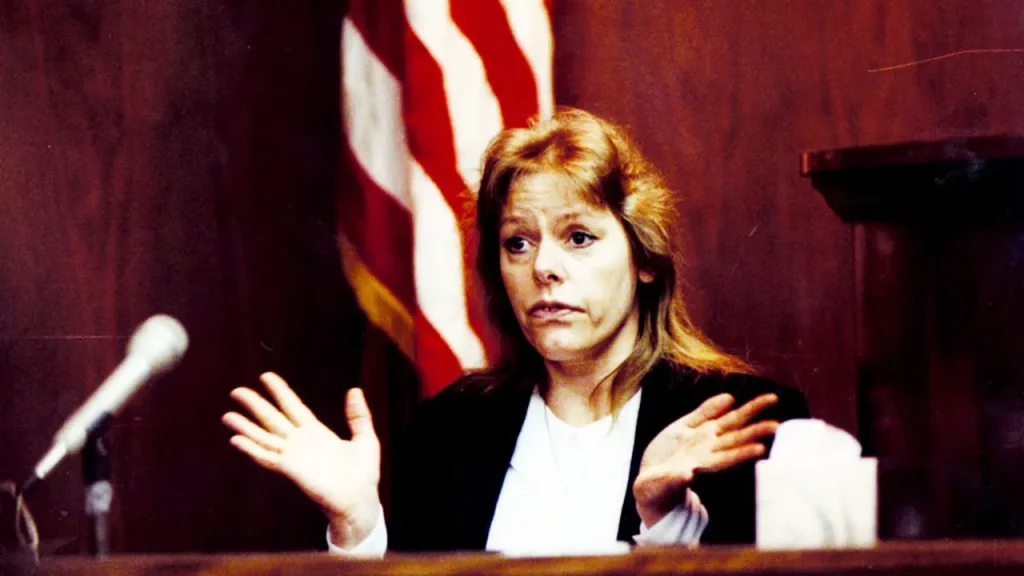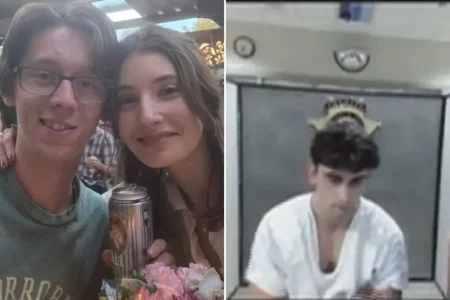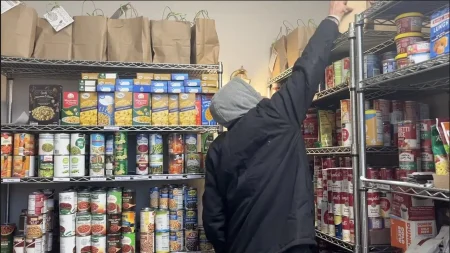Aileen Wuornos: Beyond the Headlines
Between 1989 and 1990, Aileen Wuornos killed seven middle-aged men along Florida’s highways, earning her the disturbing title of the “queen of the serial killers.” The Daytona Beach prostitute’s crimes and subsequent death sentence in 2002 captured America’s imagination, but the Netflix documentary “Aileen: Queen of the Serial Killers” reveals a more complex picture of her life. Director Emily Turner notes the tragic irony of Wuornos’ situation: “The first time in her life that she’s getting interviews with people and being listened to and taken seriously is when she’s committed these very serious murders.” For a woman who had been ignored and abused throughout her life, the notoriety that came with her crimes gave her a perverse form of recognition. In unearthed footage, Wuornos even whispers to filmmaker Jasmine Hirst, who corresponded with her for a decade: “You guys are gonna make millions off this,” showing her awareness of the public’s fascination with her story.
What made Wuornos particularly compelling to the media was her status as a rare female serial killer. After her 1991 arrest, she became an immediate tabloid sensation, dubbed the “Hooker from Hell” and the “Damsel of Death.” The case came at a time when America’s appetite for true crime stories was growing exponentially. Jackie Giroux, who first secured Wuornos’ life rights, observed that “the news media made her famous—they made her the ‘queen of the serial killers.'” Turner adds that Wuornos was “enamored by the interest” and that “for the first time, she gained notoriety—she was somebody, and she knew it.” This spotlight was something Wuornos had never experienced before, making the attention, however macabre its source, appealing to someone who had spent her life being overlooked and mistreated.
Perhaps the most poignant element of Wuornos’ story is her relationship with Tyria Moore, whom she met in 1986 and loved deeply for four years. It was this love that ultimately led to her downfall. When investigators closed in on Wuornos in 1991, Moore agreed to cooperate with police in exchange for immunity. In a heartbreaking recorded call, Moore expressed fear that police were “after me,” prompting Wuornos to pledge: “I’m not gonna let you go to jail. Ty, I love you. If I have to confess everything just to keep you from getting in trouble, I will.” What Wuornos didn’t know was that police were with Moore during this call, coaching her to elicit a confession. From behind bars, Wuornos later reflected: “I miss her a lot. I always miss her. And I’ll always love her. And I’ll be thinking about her the day I’m executed.” Her willingness to confess to protect Moore reveals a capacity for love and sacrifice that complicates the monster narrative.
The methods behind Wuornos’ murders followed a pattern: she would pose as a hitchhiker or offer sex for money, often sharing stories about being homeless before convincing drivers to pull over in isolated areas. Armed with a .22-caliber pistol, she would kill her victims—Richard Mallory, David Spears, Charles Carskaddon, Troy Burress, Charles Humphreys, Walter Antonio, and presumably Peter Siems (though his body was never found). While Wuornos claimed self-defense after being assaulted or threatened, she also robbed her victims of valuables and vehicles. Her fingerprints were later discovered on stolen vehicles, pawned items, and at multiple crime scenes. Witnesses reported seeing two women in vehicles belonging to her victims, which eventually led investigators to both Wuornos and Moore, though Moore denied any involvement in the killings.
What emerges from the documentary is a portrait of profound contradiction. As Turner explains: “She’s charismatic, but she’s a killer. She’s a victim of sexual violence, but she’s also a perpetrator of horrific violence. She’s deceitful and lies, but when she stands at trial and talks about how prostitutes aren’t believed and about the scale of sexual assault, she’s a really searing truth-teller.” Turner is careful to note that the documentary isn’t “an apology piece,” but rather an attempt to understand what drove Wuornos to such extremes. “It’s easier to say she was just bad,” Turner observes, “but I think she was the product of a horrific childhood and repeated sexual assaults throughout her life. Then again, many people who endure such trauma don’t go on to commit such terrible acts.” By the end of her life, Wuornos had become increasingly paranoid and actually wanted to die. Her bizarre final words—”I’m sailing with the rock, and I’ll be back—like ‘Independence Day’ with Jesus… on the big mothership and all”—reflected her deteriorated mental state.
Wuornos’ story continues to resonate long after her execution. Charlize Theron won an Oscar for portraying her in the 2003 film “Monster,” and documentaries like Netflix’s latest offering keep her complex legacy alive. Turner believes Wuornos’ story serves as “a kind of Trojan horse—it has so much else to say about the world… how her portrayal in the media was so different.” The documentary forces viewers to confront uncomfortable questions about victimhood, violence, media sensationalism, and the ways society fails its most vulnerable members. While acknowledging that “what she did was awful,” Turner suggests that Wuornos’ life and crimes contain “many more lessons for all of us.” In studying the life of a woman who committed unspeakable acts, we might find uncomfortable insights into the darker corners of our collective humanity—and perhaps recognize the systems of neglect and abuse that sometimes create monsters before they ever have a chance to be anything else.











